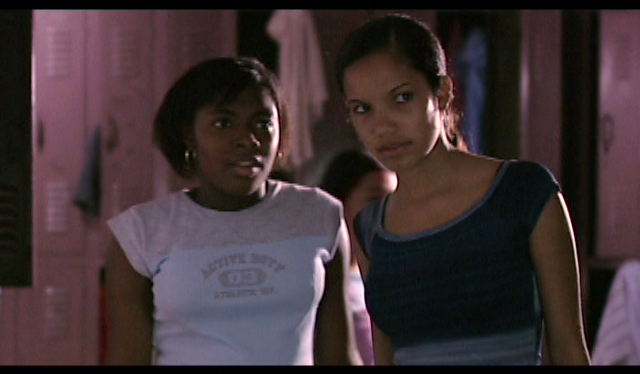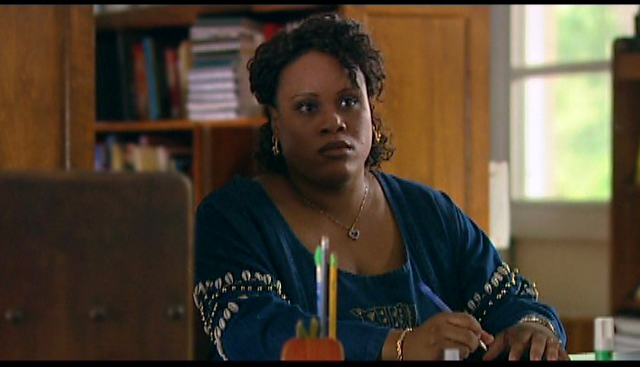Voices Against Violence
Voices Against Violence
Bullying and violence are intrinsically linked. Not only do bullies often use violence to victimize the child they are targeting, targeted school violence also appears to be related to children who engage in long-term bullying. In a study conducted by the U.S. Secret Service on students who commit targeted school violence, 71 percent of perpetrators had been bullied, persecuted, or injured by their peers prior to committing the attack. In several cases, the bullying and harassment were longstanding and severe. Research also shows that children who bully are more likely to escalate into violent behavior. But violence and bullying do not have to be the reality. By engaging bystanders to take a stand, we can prevent these behaviors in our schools and communities.
Voices Against Violence: Helping Students, Parents, and School Staff Speak Up is a unique tool for helping school communities address the critical roles that bystanders—both youths and adults—can play in preventing school violence. Using three dramatic stories, the video explores the dilemmas faced by bystanders to school violence. It then calls on viewers to find ways their school community can encourage and support bystanders in efforts to prevent a range of violent behaviors, from bullying and physical fights to weapon carrying and other potentially serious threats to school safety.
Each story is presented through the perspective of a youth bystander, a boy or girl of middle-school age who confronts a violent or potentially violent situation and must decide how to respond. Viewers see the action as it unfolds, and hear from the bystander, who talks directly and honestly to the camera. This technique brings viewers inside the bystander’s decision-making process, as he or she weighs the risks and responsibilities of intervention. The choice is rarely clear-cut. The bystander struggles with such complex issues as loyalty, friendship, fear of reprisal, uncertainty about the seriousness of the situation, and lack of clarity about what is the “right” thing to do.
Most of the stories in Voices Against Violence include teachers, other school staff, and parents, whose presence and actions have the potential to influence the bystander’s behavior. In addition, like students, adults are often unsure whether and how to respond when they are bystanders to school violence. Teachers and other school staff are often unclear about what actions they should take when they witness certain behaviors or when a student shares information about a situation that could—but may not—result in violence. Parents may hear about potential violence but hesitate to communicate with school officials. They may also counsel their children not to get involved when they see violence occurring or hear about a potentially violent situation.
The goal of Voices Against Violence is to help school communities create a climate that promotes positive bystander action and reduces violence. Drawn from the real-life situations that bystanders face, the stories in the video are designed to trigger discussions in classrooms, teacher and school staff meetings, in-service trainings, parent meetings, and other opportunities that bring school communities together.
For a complete introduction on how to use the Voices Against Violence tool, plus discussion questions for each story, download the Voices Against Violence: Helping Students, Parents, and School Staff Speak Up User Guide.

Because the Voices Against Violence stories are dramatic and engaging, it is likely that students will be ready to talk, so you must be prepared to facilitate the process effectively, stimulate critical thinking, and support students in hearing one another’s points of view. You will notice that the narrator often asks “why” or “why not” questions. This is because such open questions often produce the most stimulating discussions. Asking students to voice the reasoning behind an answer forces them to reflect on and analyze their own views. Assumptions and beliefs are revealed, which may result in a student modifying his or her initial position. This broadening of understanding and acceptance of others’ points of view are important for identifying common barriers to bystander action and ways to overcome them. Students can also reinforce norms and behaviors that encourage positive bystander action.
Remember that students must be taught not only how to organize their thoughts and present them coherently, but also to be respectful listeners when different opinions are voiced. Encourage them to hold other students’ ideas up to critical analysis and be prepared to have their own opinions and experiences discussed. By engaging students in stimulating discussions that foster their critical-thinking skills, you will help them come to realize that there are often alternative ways of looking at the same situation.
Tips for Classroom Discussions
- Establish ground rules for a “safe” discussion; these include not making fun of others’ opinions or experiences, and not putting down others’ points of view.
- Encourage students to express concerns about being bystanders to violence or impending violence, and to describe actions they take to keep themselves safe.
- Give students “equal time”; make sure to hear from all students—both boys and girls. Remember that girls’ and boys’ experiences with violence and as bystanders might be different.
- Emphasize that any student may be a bystander to violence.
- Hold students’ opinions up to respectful but critical analysis by the class.
- Leave time to summarize key points and talk about next steps.
- If the discussion uncovers a situation that needs immediate attention, be sure to follow up after class with the student(s) involved.
For student discussion questions by story, download Voices Against Violence: Student Questions.

Teachers and Other School Staff
Voices Against Violence aims to help teachers and other school staff better understand student bystanders’ points of view. This understanding is critical for developing effective ways to reward positive bystander actions and for addressing barriers to such actions. You can use the questions for students at the end of each story to elicit the perspectives of adults as well. Their views are important, because adults are often bystanders themselves, as well as people that youth turn to for support. Thus, you can use the stories to trigger discussions about what school staff think youth can and should do in various bystander situations and what they themselves can and should do.
Tips for Discussions with School Staff
- Choose the school staff who will be involved and prepare ground rules for the discussion. Ground rules are especially important if the group is a heterogeneous one that includes administrators, teachers, support staff, and safety and security officers.
- Decide how much time is available: Do you have time for only one session, or can you hold multiple sessions?
- Adjust the learning objectives to the available time and the audience.
- Decide whether you will show the whole video or only selected stories.
- Review the questions you will ask to lead a focused discussion.
- Be sure to leave time for summarizing key points and next steps.
Parents
Much of the research on family involvement in schools advocates providing parents with information in multiple ways. You can use a range of channels to reach as many parents as possible, informing them of your school’s efforts to address the role of bystanders in school violence prevention and inviting parents’ involvement. You can share this information at parent-teacher conferences, through a parent newsletter, at PTA meetings, via a letter from the principal, and as part of a bystander violence prevention kick-off event to which parents are invited. The goal of these strategies is to increase parental awareness of bullying and/or violence problems at both the national and local levels, the importance of bystander involvement, and the need for parental involvement in the school’s efforts. You should show some or all of Voices Against Violence to introduce and discuss the role of bystanders in violence prevention and the contributions parents can make to supporting students.
For adult discussion questions by story, download Voices Against Violence: Adult Questions.